Skiing enthusiasts agree: there’s nothing better than swooshing through thigh-deep powder as you speed downhill with friends. But you know what’s even more rewarding? Earning those turns. Alpine touring (AT), or uphill skiing, is exploding in popularity due to its massive fitness perks and accessible nature. If you’re not someone who loves the idea of hucking cliffs or logging Mach 10 speeds, alpine touring may be the sport for you. The sweat equity is high: most of the day is spent skinning uphill, creating a slow-yet-steady cardio burn that is akin to a moderate jog. But before you head up a mountain or into the backcountry, you’ll want to snag yourself the proper gear. Here’s a list of ten products to get you started.

Black Crows Orb Freebird Alpine Touring Ski
First things first: you need some skis, and we recommend these Black Crow featherweights. Each ski weighs in at just over three pounds, making them practically disappear on the uphills. But, with 90 millimeters underfoot, the Orb Freebirds still rip on-piste, through corn, and anytime holding an edge actually matters. ($730)
Salomon S/Lab Shift MNC 13 Alpine Touring Bindings
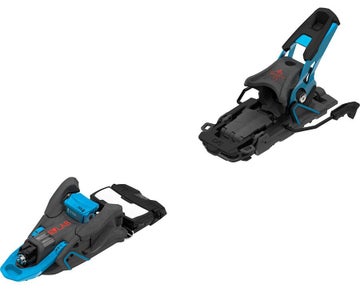
Here’s a tip: you need to lift your heel to ski uphill, and alpine touring bindings make that possible. The Salomon Shifts work like a traditional tech binding with toe pins, but the magic happens when you flip them to downhill mode. Similar to regular alpine bindings, the carbon-infused MNC 13s lock both the toe and heel into place, offering aggressive downhill control in a myriad of conditions. ($600)
Dynafit Hoji Free Alpine Touring Ski Boot
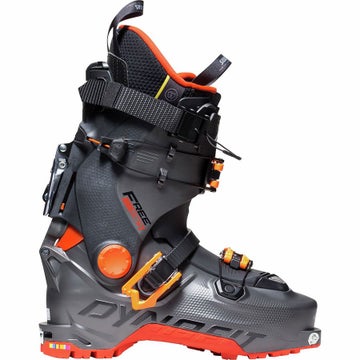
Alpine touring calls for a lot of mobility on the uphills with rigidity on the downhill. Boots like the Dynafit Hoji Free make this possible. With 55 degrees of motion in walk mode, the Hojis practically feel like street shoes on the ups. Yet, once the boots flip to downhill mode, the stiff 130 flex drives hard-charging skis through powder stashes and edgy turns. ($900)
Backcountry Access Contour Hybrid Climbing Skins
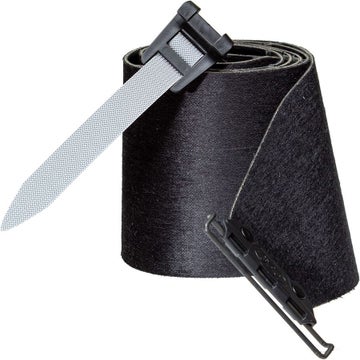
Climbing skins are the secret sauce of alpine touring: you won’t get anywhere without them! BCA uses a mohair blend (goat hair) that grips on slick and icy conditions but still glides through stickier powder. The redesigned glue helps the skins stick to the underside during wet conditions, but it’s easier to pull apart when it’s time to point your sticks downhill. ($200)
Ortovox 3 Plus Avalanche Rescue Package
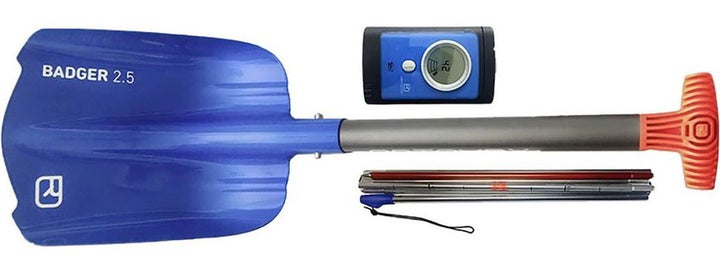
If you’ll spend any time in the backcountry, you’ll need the Big Three of safety gear: avalanche beacon, shovel, and probe. The Ortovox 3 Plus package includes the trio of items, including the brand’s 3+ Avalanche Beacon, a transceiver with a triple antenna that finds and identifies up to three burials (and tells you if there is a fourth). A convenient self-test runs every time the beacon turns on, ensuring the safety device is in proper working order. An aluminum shovel and the 240 Light PFA Probe round out the kit. ($360)
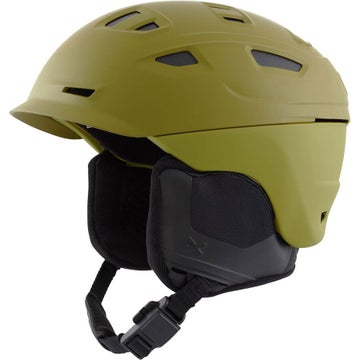
Brain buckets: don’t leave home without one. The Anon Prime helmet features MIPS (Multidirectional Impact Protection System), a brain protection structure that allows the head to move inside the helmet. Theoretically, this minimizes rotational movement and adds protection during impact. Thanks to a BOA fit system, fit is easy to tweak on the fly with a quick turn of the dial. ($220)
Patagonia Stormstride Pants Men|Women
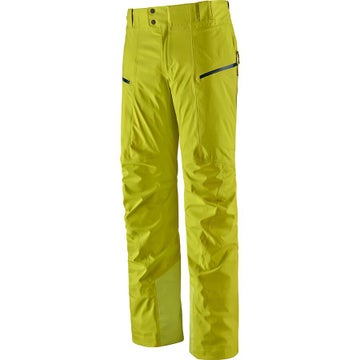
Alpine touring often calls for some steep ascents, so mobility is key. Patagonia uses the brand’s proprietary H2NO fabric, a three-layer, recycled-nylon shell with two-way stretch. Not only does this mean the pants will move with you on staircase-like climbs, but the breathable fabric prevents sweat from building on the inside. Bonus: Side zippers dump heat in a hurry. ($399)
Mountain Hardwear High Exposure GTX C-Knit Jacket Men|Women
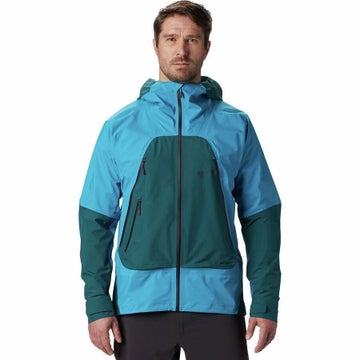
Weather turns on a dime in the high country, so it’s best to have a jacket that can handle Mother Nature’s wrath. The High Exposure boasts a waterproof-and-breathable, three-layer shell that uses Gore Tex’s C-Knit, a backer made from fine nylon woven into a circular-knit pattern. The result: added next-to-skin softness and fewer ounces to carry. A helmet-compatible hood and powder skirt ensure full coverage during the snowiest of days. ($440)
Arc’Teryx Atom LT Hoodie Men|Women
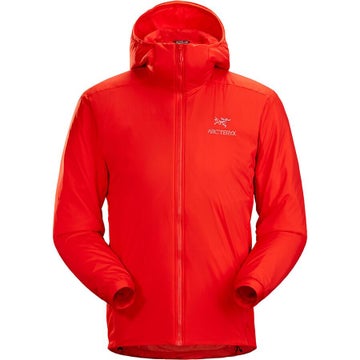
You won’t likely need the Atom LT while climbing, but this powerhouse of a midlayer brings welcomed warmth during the transitions and downhills. Synthetic CoreLoft insulation stays warm even when wet, and the DWR treatment sheds light moisture from the exterior. Stretchy side panels and gusseted underarms allow a full-range of movement so your mind focuses where it’s needed: carving the steeps. ($259)
Osprey Soelden/Sopris Backpack Soelden|Sopris
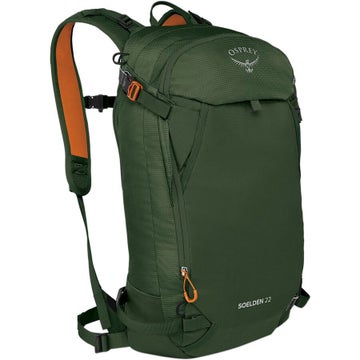
Layers, water, and snacks: don’t leave home without them. Thankfully, Osprey’s new Sopris 20-liter pack (the Soelden is the 22-liter men’s version) takes the guesswork out of hauling your gear. A separate, J-zip front panel pocket makes it easy to access your avalanche safety tools in a pinch while the zippered back panel offers plenty of room for dry storage. The included helmet carry can be position on the front or top of the pack, depending on your preference. And, if you get stuck boot packing, you have options: the Sopris can hoist your skis in a diagonal or A-frame ski carry. ($140)
